17 Of The Most Iconic F1 Cars
Formula 1 cars have always been more than just machines; they’re rolling legends.
I remember watching a documentary on the 1986 McLaren MP4/2 and being completely blown away by its engineering.
The sound of the turbo engine, the amazing design, and the fact that it dominated the track made it feel like a symbol of F1’s golden age.
Some F1 cars don’t just race – they become icons, immortalized by their speed, innovation, and the incredible stories behind them.
The cars that have defined the sport continue to capture our imaginations, even long after the checkered flag has waved.
1. Ferrari F2004
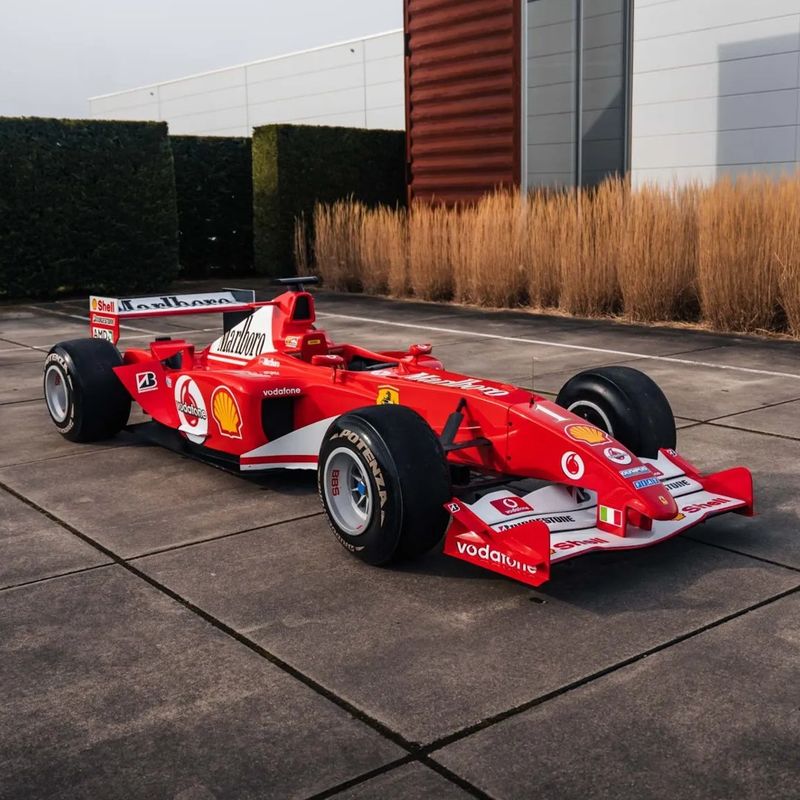
Crushing everything in its path, the Ferrari F2004 helped Michael Schumacher secure his seventh and final world championship.
Engineers squeezed every drop of performance from its howling V10 engine, creating a car that won 15 of 18 races in 2004. Many of its lap records stood for over a decade.
The perfect blend of raw power and sublime handling made this scarlet rocket perhaps the most dominant Ferrari ever built, cementing both the team’s and Schumacher’s legacy as Formula 1 royalty.
2. McLaren MP4/4
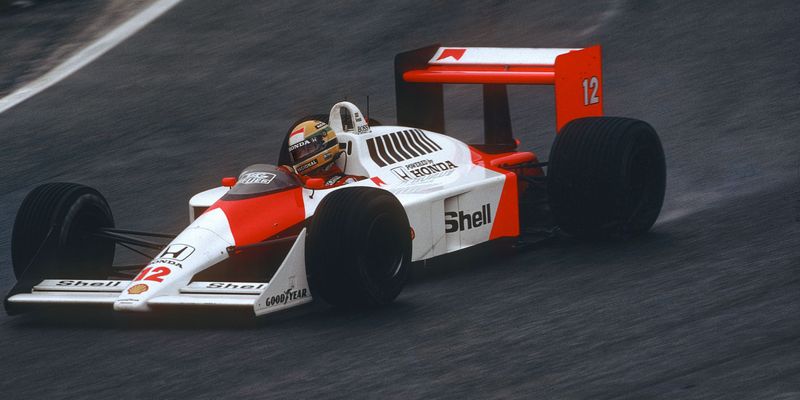
Lightning in carbon fiber form, the 1988 McLaren MP4/4 remains the most successful F1 car ever created.
Piloted by Ayrton Senna and Alain Prost, this low-slung beauty won an astonishing 15 out of 16 races that season.
Gordon Murray’s revolutionary design paired with Honda’s turbo engine created an unbeatable package.
The sleek, ground-hugging silhouette became instantly recognizable to fans worldwide. When racing historians debate the greatest F1 car of all time, the MP4/4 invariably tops the list.
3. Lotus 72

Revolutionizing F1 design in 1970, the wedge-shaped Lotus 72 introduced innovations we still see today.
Its side-mounted radiators, overhead air intake, and rear-wing configuration became standard features across the grid for decades to come.
Jochen Rindt drove it to posthumous championship glory. With its distinctive black and gold John Player Special livery, the 72 remained competitive for an incredible five seasons.
Colin Chapman’s masterpiece wasn’t just fast—it fundamentally changed how engineers approached F1 car design forever.
4. Red Bull RB9
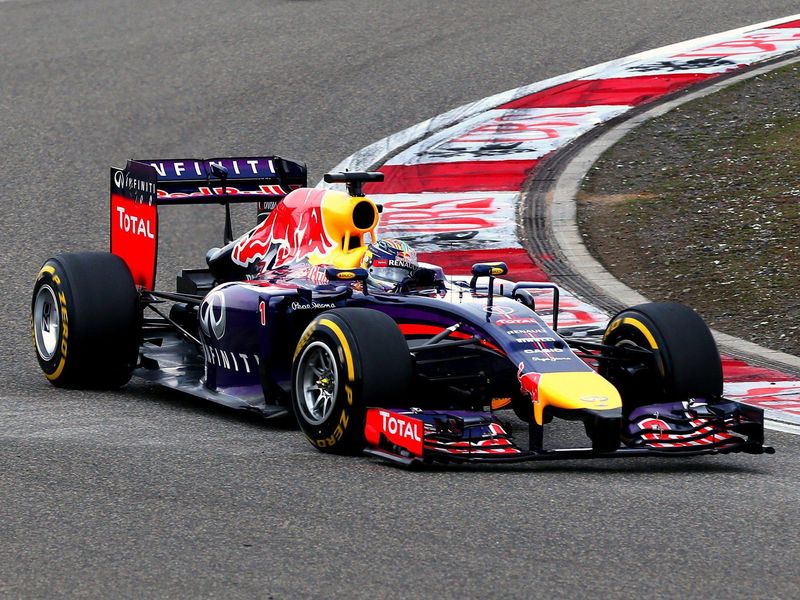
Unstoppable doesn’t begin to describe the RB9, which helped Sebastian Vettel win nine consecutive races in 2013.
Adrian Newey’s masterpiece utilized the controversial but effective blown diffuser to generate massive downforce.
Purple in victory and purpose, the RB9 represented the pinnacle of Red Bull’s dominance. Vettel famously named his car ‘Hungry Heidi’ and fed it plenty of checkered flags.
The technical brilliance of this machine cemented Red Bull as engineering wizards and completed Vettel’s run of four consecutive world championships.
5. Mercedes W11
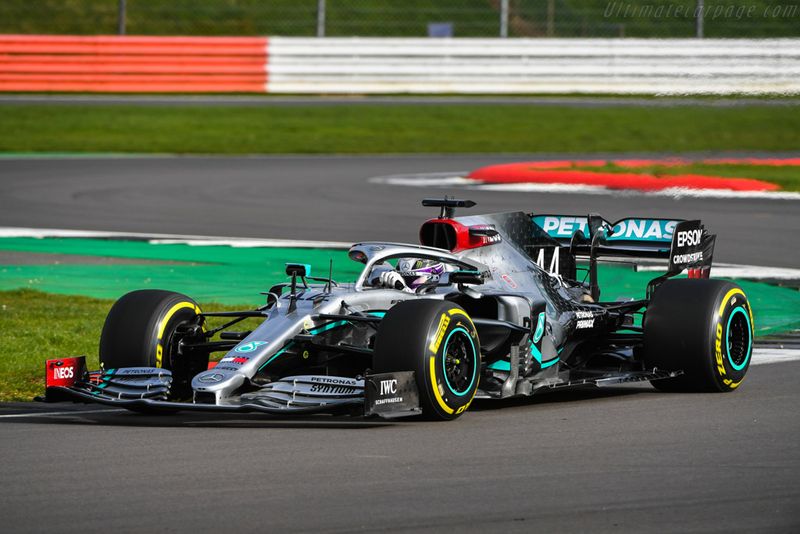
Breaking records looked effortless for the W11, Mercedes’ masterpiece that dominated the 2020 season.
Painted black in support of diversity, this technological marvel helped Lewis Hamilton equal Michael Schumacher’s seven world championships.
The car’s DAS (Dual Axis Steering) system allowed drivers to adjust toe angle by pushing or pulling the steering wheel. Hamilton and Bottas piloted this engineering marvel to 13 wins from 17 races.
The W11 represented the absolute peak of Mercedes’ hybrid-era dominance, combining unprecedented efficiency with devastating speed.
6. Williams FW14B

Yellow helmets and red cars usually dominate F1 history, but the blue-and-yellow FW14B deserves equal billing.
Nigel Mansell’s “Red 5” featured active suspension, semi-automatic transmission, and traction control—technologies that changed racing forever.
Designed by Adrian Newey, this computational masterpiece dominated 1992 with computerized systems that kept the car perfectly balanced in all conditions.
Mansell won the first five races straight and secured the championship with record speed.
The FW14B exemplified Williams at their innovative peak, combining British engineering brilliance with groundbreaking technology.
7. McLaren MP4/13
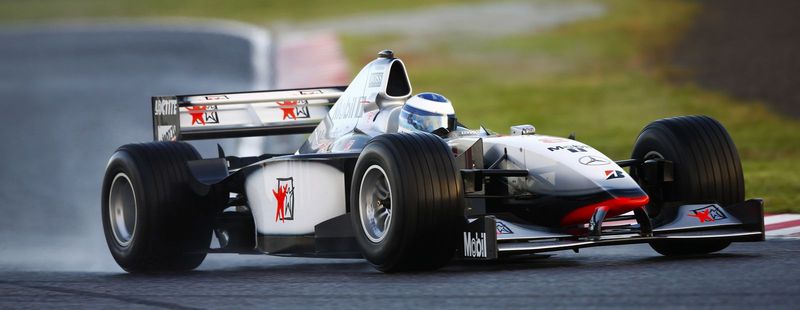
Arriving like a thunderbolt, the MP4/13 marked McLaren’s dramatic return to form in 1998.
Resplendent in silver Mercedes livery, this Adrian Newey creation exploited a regulation loophole with its innovative “two-floor” design that generated enormous downforce.
Mika Häkkinen piloted this silver bullet to his first world championship.
The car’s narrow track and grooved tires—new requirements for 1998—were masterfully incorporated into a package that dominated from the season opener.
For many fans, this machine represents the beginning of the modern McLaren-Mercedes era that would define late 90s Formula 1.
8. Ferrari 312T

Roaring onto circuits with its distinctive flat-12 engine, the 312T ended Ferrari’s 11-year championship drought.
Niki Lauda piloted this revolutionary machine to five wins in 1975, securing both driver’s and constructor’s titles for the Scuderia.
The transverse gearbox (the ‘T’ in 312T) improved weight distribution dramatically. With its trademark red livery and screaming exhaust note, the car became an instant classic.
Through several evolutions between 1975-1980, the 312T series secured three constructors’ championships and helped restore Ferrari to Formula 1 glory after years in the wilderness.
9. Renault R25

Vibrant blue and yellow flashed past competitors as Fernando Alonso piloted the R25 to Renault’s first-ever championship.
The screaming V10 engine—the last of its kind before F1 downsized to V8s—produced a spine-tingling soundtrack that fans still reminisce about.
Reliability matched its speed, with Alonso finishing every race of the 2005 season. The R25 ended Michael Schumacher’s five-year reign and made Alonso the youngest champion in history at that time.
This French masterpiece represented the perfect balance of performance, handling, and durability—a complete package that brought Renault to the pinnacle of motorsport.
10. Benetton B195
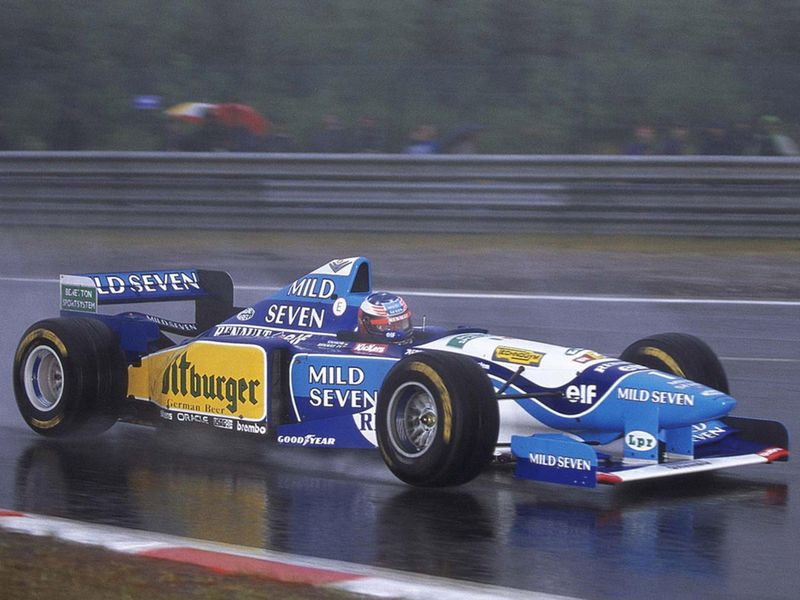
Before the red cars, Michael Schumacher dominated in Benetton’s striking blue and green machine.
The B195 perfectly complemented Schumacher’s aggressive driving style with its responsive handling and powerful Renault V10 engine.
Despite not always being the fastest car on the grid, the combination of Schumacher’s talent and the B195’s versatility proved unbeatable.
The German secured his second championship in this car with nine race victories in 1995.
This colorful challenger showed what Schumacher could accomplish even without the resources he would later enjoy at Ferrari.
11. Brabham BT52
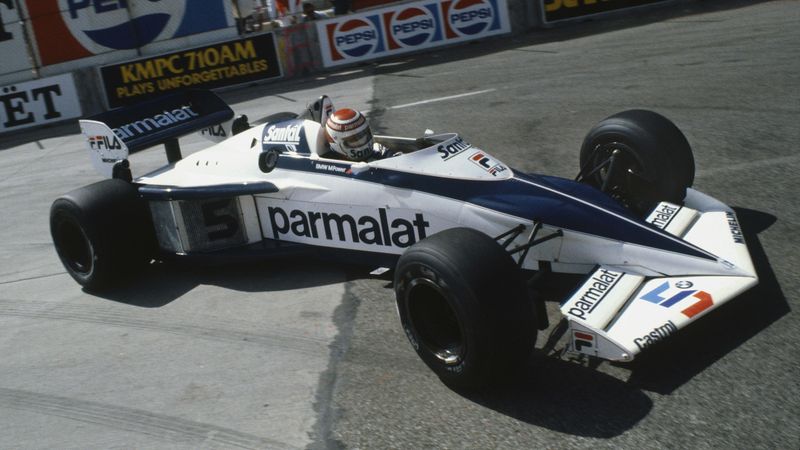
Resembling a dart with wheels, the BT52’s radical design responded to an emergency rule change banning ground effects.
Designer Gordon Murray had just weeks to create an entirely new concept, resulting in this distinctive arrow-shaped machine with minimal bodywork.
Nelson Piquet harnessed the BMW turbo engine’s massive power—over 1,400 hp in qualifying trim!
The BT52’s distinctive profile, with its tiny cockpit perched atop a delta-shaped body, remains one of F1’s most recognizable silhouettes.
Against all odds, this last-minute creation secured the 1983 championship and proved that innovation thrives under pressure.
12. Tyrrell P34
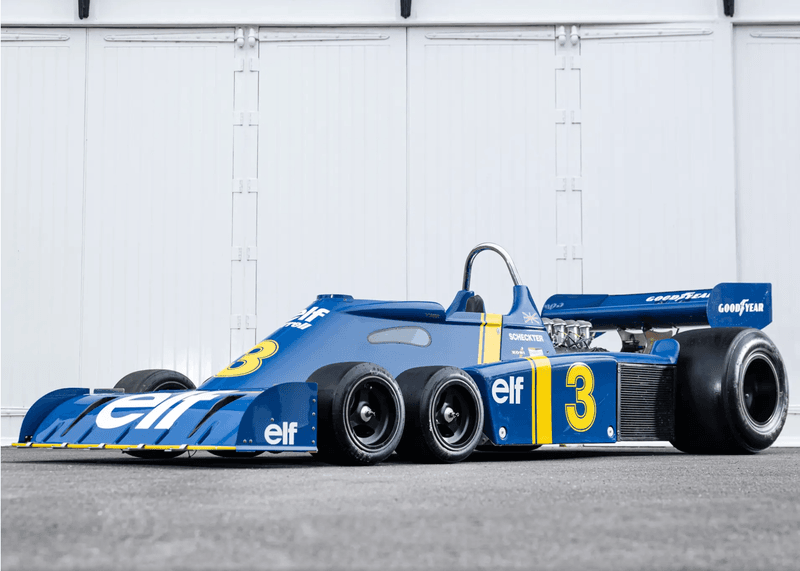
Jaws dropped when Tyrrell unveiled a car with six wheels in 1976. Designer Derek Gardner’s radical solution used four small front wheels to improve aerodynamics and increase grip.
The P34 wasn’t just a curiosity—it was genuinely competitive.
Jody Scheckter drove it to victory in Sweden, proving the concept worked. Front tires measuring just 10 inches in diameter allowed designers to reduce frontal area dramatically.
Though development challenges eventually ended the experiment, the P34 remains the most visually distinctive F1 car ever raced and a testament to the sport’s creative golden era.
13. Lotus 79
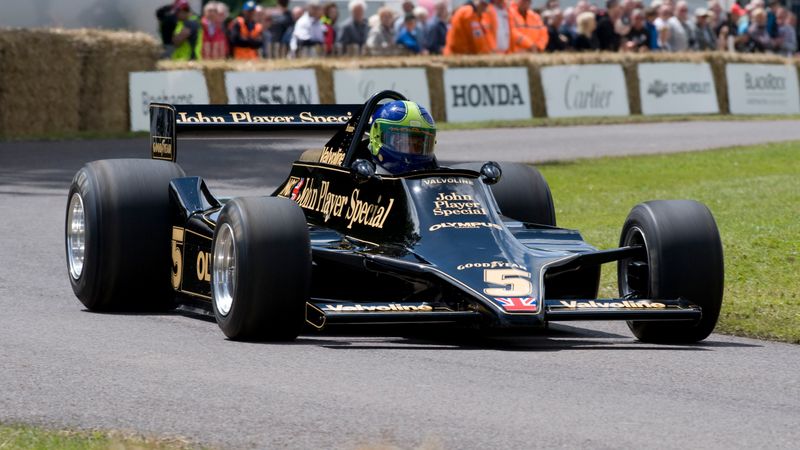
Ground effect aerodynamics revolutionized F1 when the Lotus 79 appeared in its sleek John Player Special livery.
Creating a vacuum beneath the car, this black beauty literally sucked itself to the track, generating unprecedented cornering grip.
Mario Andretti called it like “driving on rails” as he cruised to the 1978 championship. Colin Chapman’s genius creation was essentially an inverted wing on wheels.
The 79’s elegant profile disguised its technical sophistication, while its dominance forced every team to rethink their approach to aerodynamics, changing F1 design philosophy overnight.
14. Red Bull RB7

Exhaust gases became musical instruments in the hands of Adrian Newey.
The RB7’s blown diffuser channeled hot exhaust directly onto aerodynamic surfaces, creating massive downforce, especially when drivers lifted off the throttle—counter to racing intuition.
Sebastian Vettel nicknamed his chassis ‘Kinky Kylie’ and danced with it to 11 victories and 15 pole positions in 2011.
The car’s ability to achieve seemingly impossible cornering speeds left competitors scratching their heads.
This technical masterpiece represented peak Red Bull innovation during their first dominant era and showcased Newey’s unparalleled ability to exploit regulatory loopholes.
15. McLaren M23
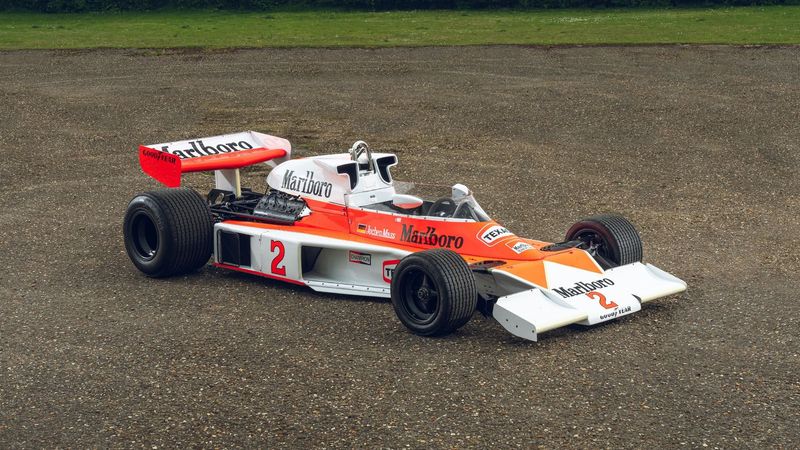
Immortalized in the film ‘Rush,’ the M23 carried James Hunt to his dramatic 1976 championship against Niki Lauda.
With its distinctive Marlboro livery and Cosworth DFV engine, this versatile machine remained competitive for an astonishing six seasons.
Emerson Fittipaldi first won with it in 1974 before Hunt’s legendary campaign. The M23’s longevity spoke to its brilliant fundamental design.
Simple yet effective, this car’s adaptability allowed it to evolve through multiple regulation changes while remaining at the front of the grid, making it one of the most successful chassis in F1 history.
16. Alfa Romeo 158
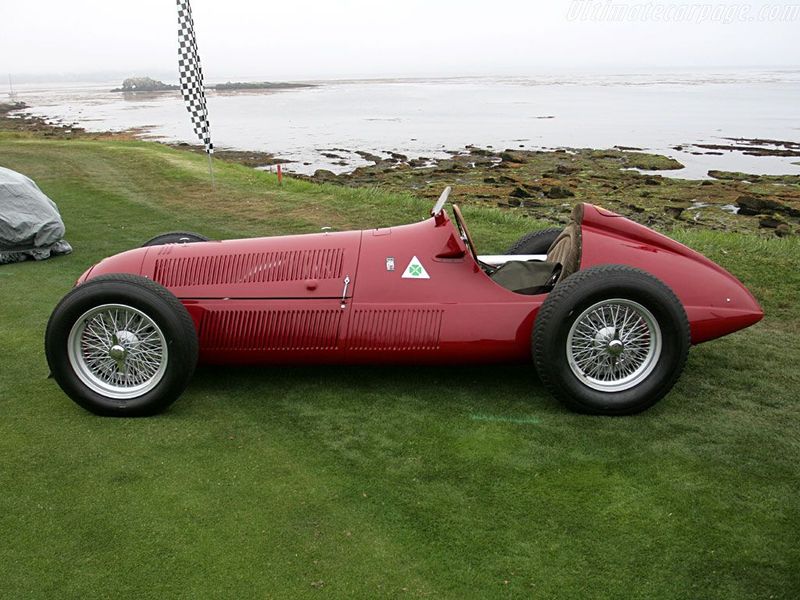
Before Ferrari dominated, Alfa Romeo reigned supreme with the magnificent 158. This pre-war design dominated the inaugural 1950 F1 season, with Giuseppe Farina claiming the first-ever World Championship.
Producing 350 hp from just 1.5 liters, the supercharged straight-8 engine was an engineering marvel. The car won every race it entered in 1950 except Indianapolis.
With its distinctive cigar-shaped body and exposed wheels, the 158 represents Formula 1’s romantic beginnings.
This Italian thoroughbred established standards of excellence that would define grand prix racing for decades to come.
17. Brawn BGP 001

Rising from Honda’s ashes, the white-and-fluorescent Brawn GP car shocked the world in 2009.
When Honda pulled out of F1, Ross Brawn bought the team for £1 and created the ultimate underdog story.
Jenson Button won six of the first seven races in this Mercedes-powered miracle.
The car’s double-diffuser exploited a regulatory loophole that competitors scrambled to copy.
Built on a shoestring budget by a team fighting for survival, the BGP 001 became the only car to win both championships in its first and only season—a fairytale achievement never likely to be repeated.
